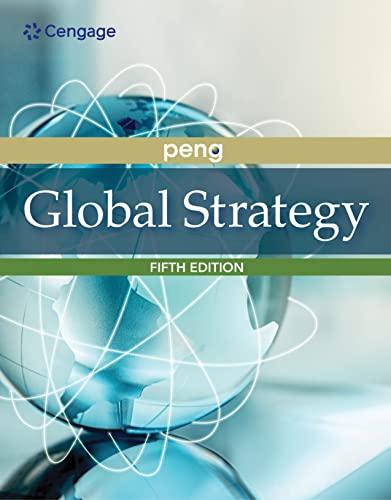Answered step by step
Verified Expert Solution
Question
1 Approved Answer
12:57 2. Knowledge Management Exam 202... DOCX-75 KB In 2002, after almost 50 years of performing, the Calgary Philharmonic Orchestra (CPO), Canada's fifth-largest, was


12:57 2. Knowledge Management Exam 202... DOCX-75 KB In 2002, after almost 50 years of performing, the Calgary Philharmonic Orchestra (CPO), Canada's fifth-largest, was seeking bankruptcy protection despite its location in a strong and economically vibrant community. A lack of leadership, declining ticket sales, breakdown in customer service and a changing environment had all contributed to organizational failure. In addition, a four-week long lock-out of musicians (as a result of a breakdown in contract negotiations) had further eroded trust, communication, knowledge sharing and the ability to find solutions. Internal dissensions prevented the Board, staff and musicians from working together to collectively address the critical issues. In short, there were big knowledge transfer gaps between the key constituents. These problems were not unique to the CPO. Across North America many prestigious orchestras had to cease or suspend their operations due to similar circumstances. The catalyst for renewal started with the knowledge and experience of a single individual from outside the performing arts sector. He quickly ascertained the uniqueness of the CPO's situation and designed a high-engagement process by establishing a core team of influential musicians, staff and Board members. The core team met daily through the crises to address key issues by sharing their individual knowledge and perspectives in order to develop shared understanding. These core team members then led multiple task teams over the span of seven weeks and 8,000 hours of work. These teams pooled their knowledge around critical topics that resulted in a greater collective understanding, acceptance and inspiration to apply new approaches to recurring problems. Where traditionally these types of arts organizations would have operated in silos, separated from each others' issues, CPO's interdisciplinary teams purposefully engaged to work together collaboratively, across issues, in order to understand the gravity of the situation and unite to create and support solutions that would work in support of the whole organization. To immediately infuse a new level of management skill into the organization, CPO's transitional leader enticed six professional firms, with simply a sponsorship package as compensation, to provide "essential skills and leadership until such time that a new and better-qualified administrative team could be hired". Pivotal to successful transformation was understanding and buy-in by the CPO musicians in all aspects of renewal. They were required to work on transition teams for fundraising, media appearances, and phone calls. The impact of deliberately engaging musicians in every facet of transformation and renewal not only created willingness to accept the degree of change, it also made it musicians in every facet of transformation and renewal not only created willingness to accept the degree of change, it also made it possible to sign a three-year collective agreement. This involved musicians taking responsibility for all aspects of the organization that were essential to operations: office cleaning, answering phones to field irate customer complaints and subscription- renewals, and performing mundane clerical tasks of every type. The level of understanding and collaboration it created was powerful. "Once the season resumed, the musicians shook the hands of customers as they entered the concert hall", a testament to the personal investment each musician made to the turnaround. Results: The endowment grew from less than $900K in 2002, to $25 million in 2008, and in 2011, the CPO postedits ninth consecutive season in the black with a record 27 sold-out concerts. It was not just about numbers however. More significantly, the organization moved to "the Socialization quadrant" where knowledge creation and sharing had become a driving force for sustainability. Outsiders to the organization described the CPO's renewal as "a ringing, rousing, thrilling and altogether magnificent interpretation full of precision, drive, spirit, wit, and yes, a whole-lot of heart". Where trust and collaboration had been the greatest barrier, now through high stakeholder engagement and capacity building, these elements had become the CPO's greatest strength. - Please, provide your analysis of this case study (The Calgary Philharmonic Orchestra Background), in particular: 1. Explain what the SECI model is 2. Explain which types of knowledge conversion (Socialization, Externalization, Combination and Internalization) of the SECI model are, in your opinion, particularly relevant in this case 3. The important role that the creation and transfer of knowledge have played to achieve the final results QUESTION 2 (50 points) Why the Organizational Culture is important to Knowledge Management? Please, provide, if possible, a practical example.
Step by Step Solution
★★★★★
3.40 Rating (156 Votes )
There are 3 Steps involved in it
Step: 1

Get Instant Access to Expert-Tailored Solutions
See step-by-step solutions with expert insights and AI powered tools for academic success
Step: 2

Step: 3

Ace Your Homework with AI
Get the answers you need in no time with our AI-driven, step-by-step assistance
Get Started


